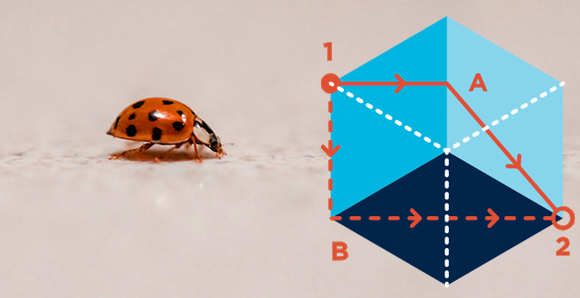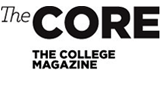
Clubs
Calculated risk
The UChicago Actuarial Initiative promotes math for fun and profit.
Sean Carr, AB’90
Mathematicians tell a joke that’s all punch line, no setup: “An outgoing mathematician is one who stares at the shoes of the person they’re talking to.” Richard Painter, Class of 2016 (economics and statistics), heard this version from his older brother: “What’s the difference between an accountant and an actuary? An accountant will look at your feet when he’s talking to you, and an actuary will look at his own.” (Painter’s brother is an accountant.)
Painter helps head up the UChicago Actuarial Initiative, a recognized student organization that’s part preprofessional society, part math club. The Core talked to Painter and his 2014–15 copresident, Matt Actipes, AB’15 (economics and math), to learn about the UAI and to see where their eyes fell when talking.
How did you get interested in the actuarial field?
Painter: I only knew what an actuary was because of that joke.
Actipes: My calc teacher in high school was a retired actuary. He would always talk about how much he loved the job. He worked for sports teams, calculating probability for signing new players—if the amount they wanted to pay was legitimate based on past performance, injury history, things like that. I’m a huge sports fan; I also like math a lot.
Describe a typical UAI meeting.
Actipes: I joined as a second-year. People were very chill, laid back, fun to be around, which is a good pull for any group. In the meetings, they had these math-probability brainteasers that were fun. Fall is recruitment season, so we have résumé talks and presentations from local companies on openings they have. So that is our most busy quarter. The other two quarters focus more on learning—like the brainteasers or what an actuary does. Maybe go through some case studies.
Painter: We meet in Harper or Cobb, wherever we can get a room scheduled, usually for about an hour. Speakers in the field will come in to talk about their work. There’ll be food. The case studies are something we can get a little practice with—mostly Excel stuff studying problems of risk.
What’s the biggest spreadsheet you’ve worked with so far?
Painter: 10,000 rows.
Actipes: A million.
Students drawn to actuarial science seem to have a different connection to math than other econ majors. True?
Painter: It’s a well-compensated career that involves math. The economics program is so rigorous here, people want to become an actuary because they want to carry that on through their careers instead of going on to a lower level of mathematical rigor in their jobs. I think that’s an appeal.
Have the courses you’ve taken outside your majors helped you prepare for your career?
Painter: I think they have. They keep me aware of how much I don’t know and how much there is to learn everywhere. It keeps my mind sharper, makes me think in different ways.
Actipes: During my Metcalf internship at Allstate last summer, part of the program was running tests on certain states for automobile insurance rates. My first state, it was my job to talk to the pricing manager to tell him why we set the prices we did. The papers and discussions in my Core classes made me a better communicator.
What’s your favorite math brainteaser from a meeting?
Actipes: Say there’s a bug in one corner of a square room—what’s the shortest walking path to the extreme opposite corner of the room? I would have guessed walk across the room at a diagonal and then straight up. But that’s not it. The bug has to walk across one wall at a diagonal, ending at the vertical halfway point, and then across the second wall at a diagonal to the goal corner. [Confused? See the image at the top of the page.]
Let it be noted: both Actipes and Painter maintained exceptional eye contact throughout the conversation.
